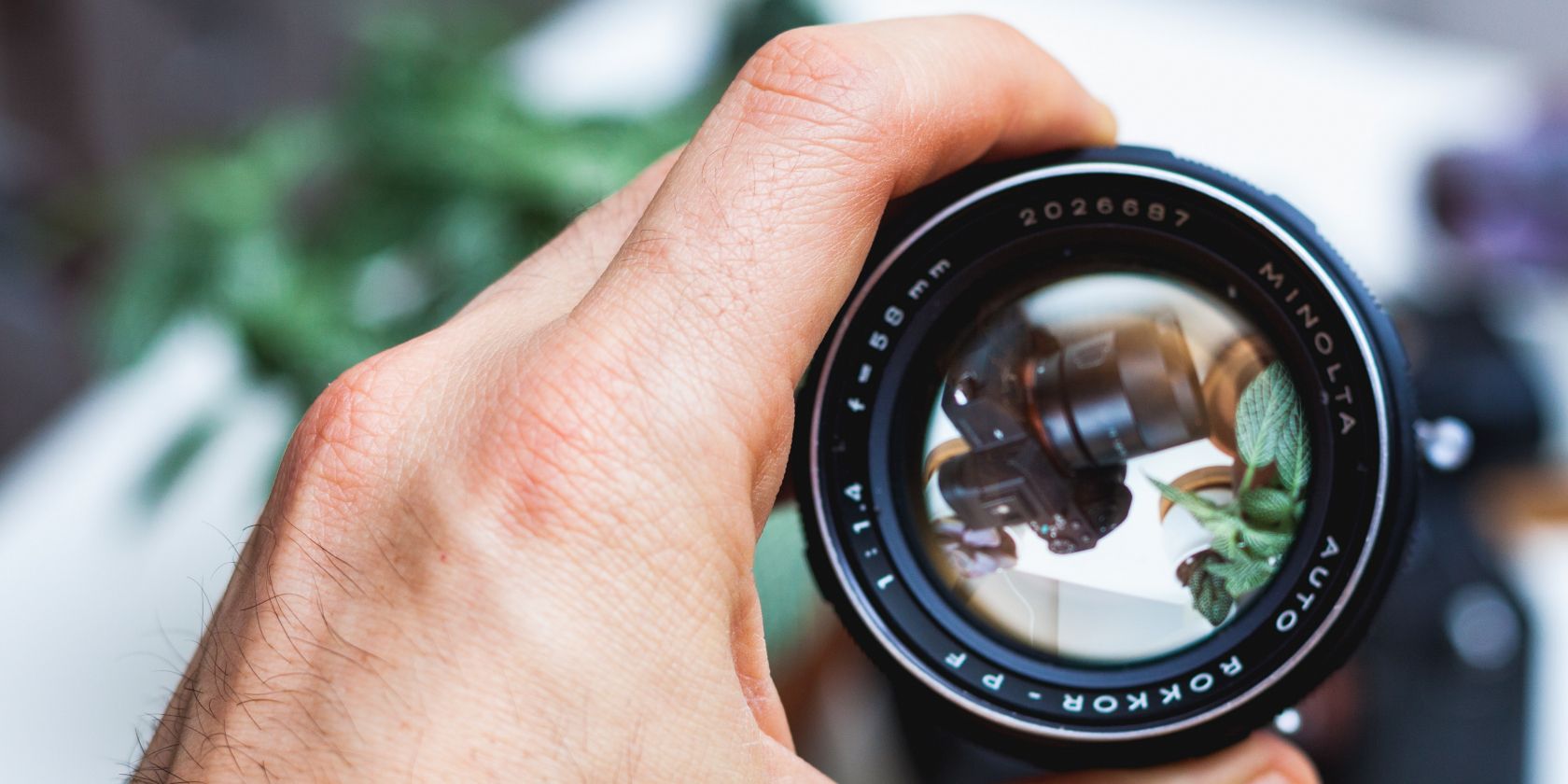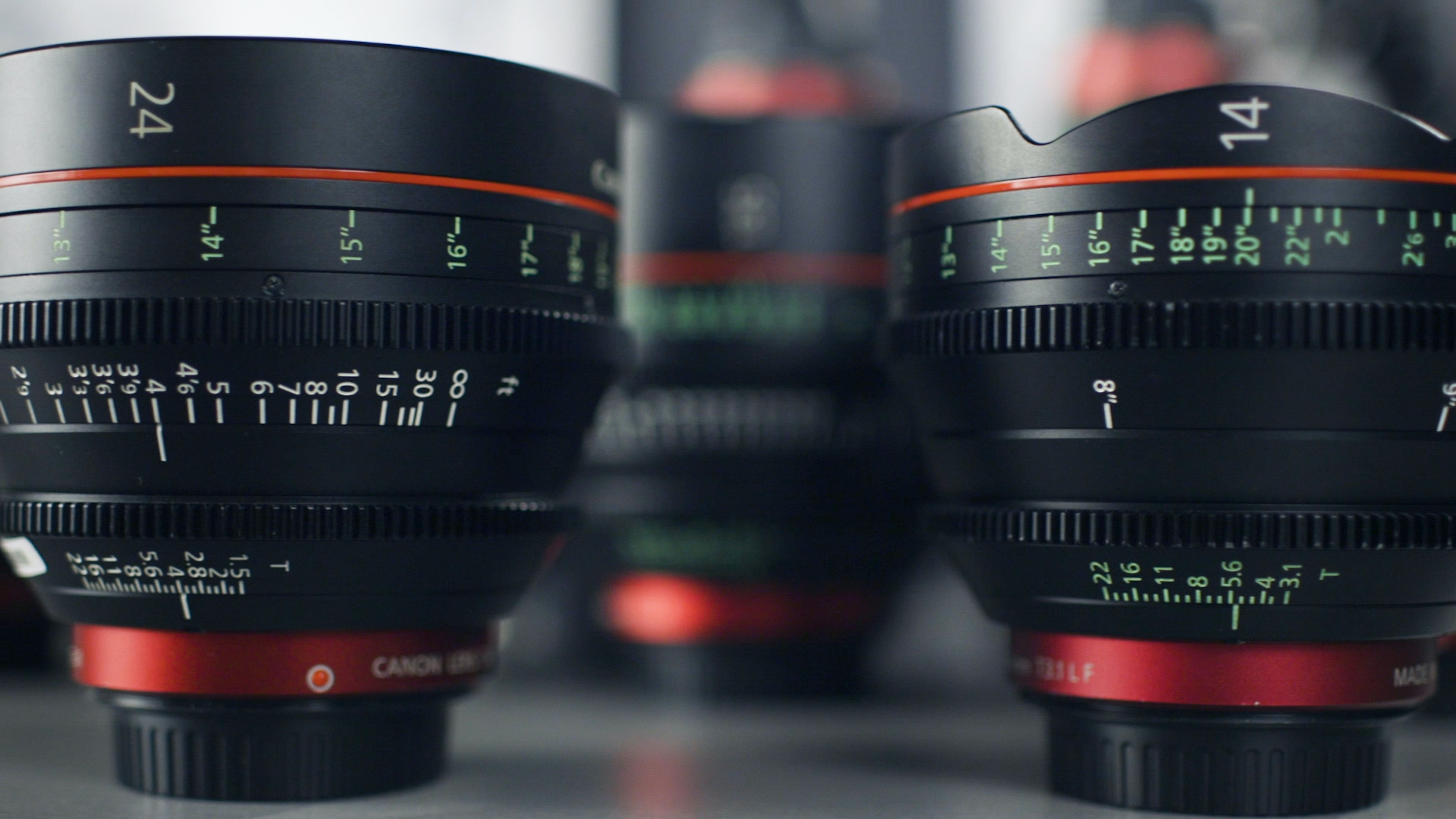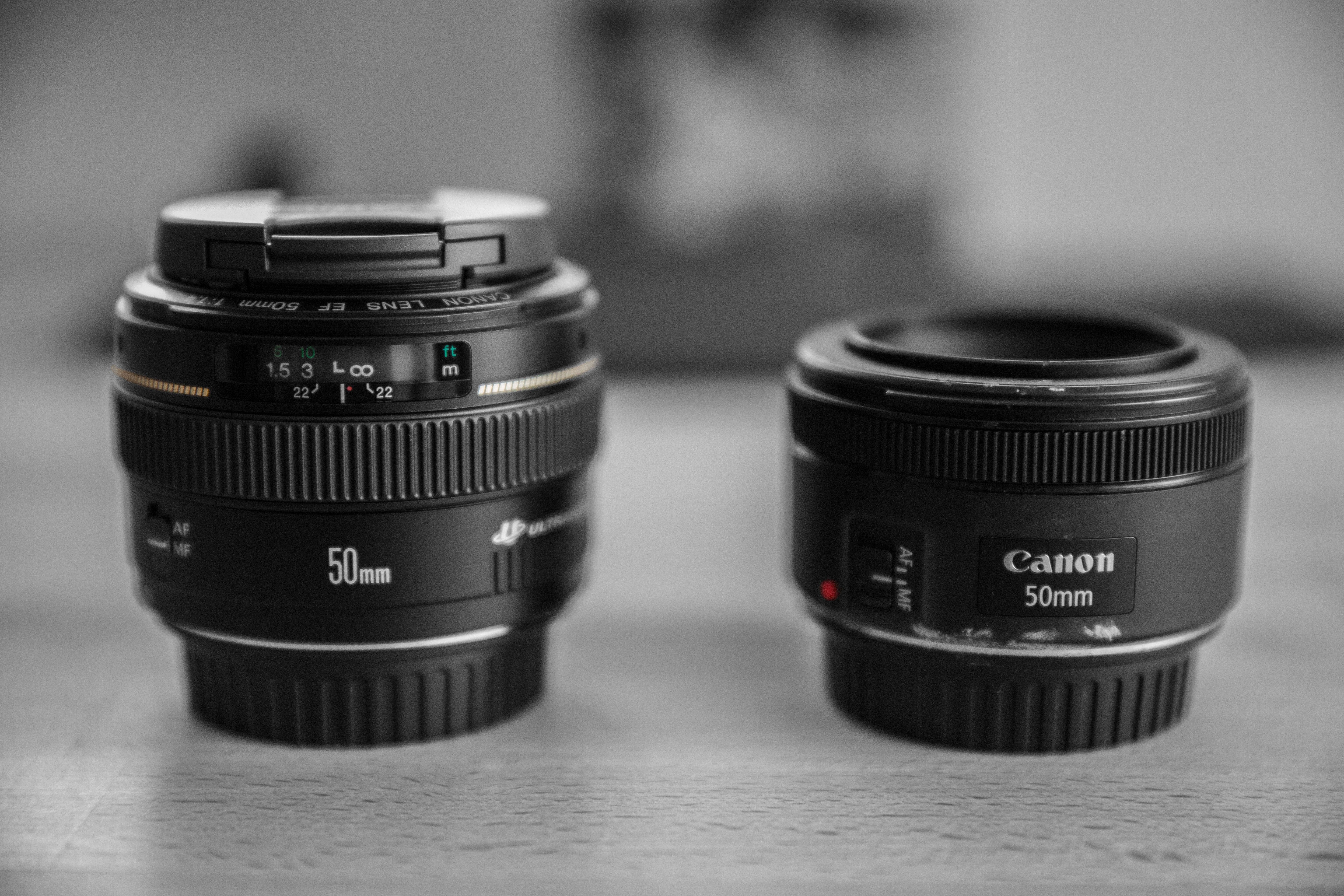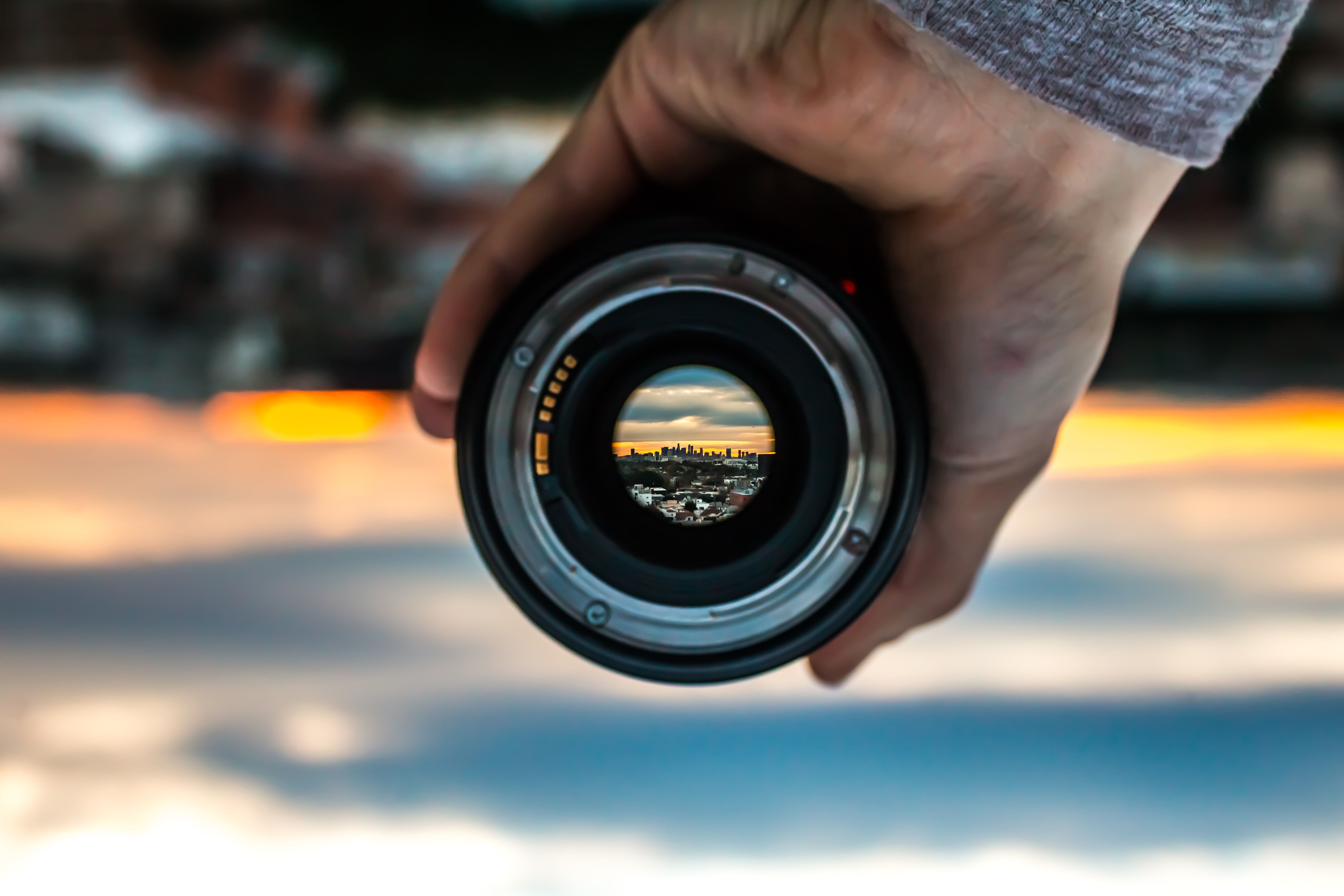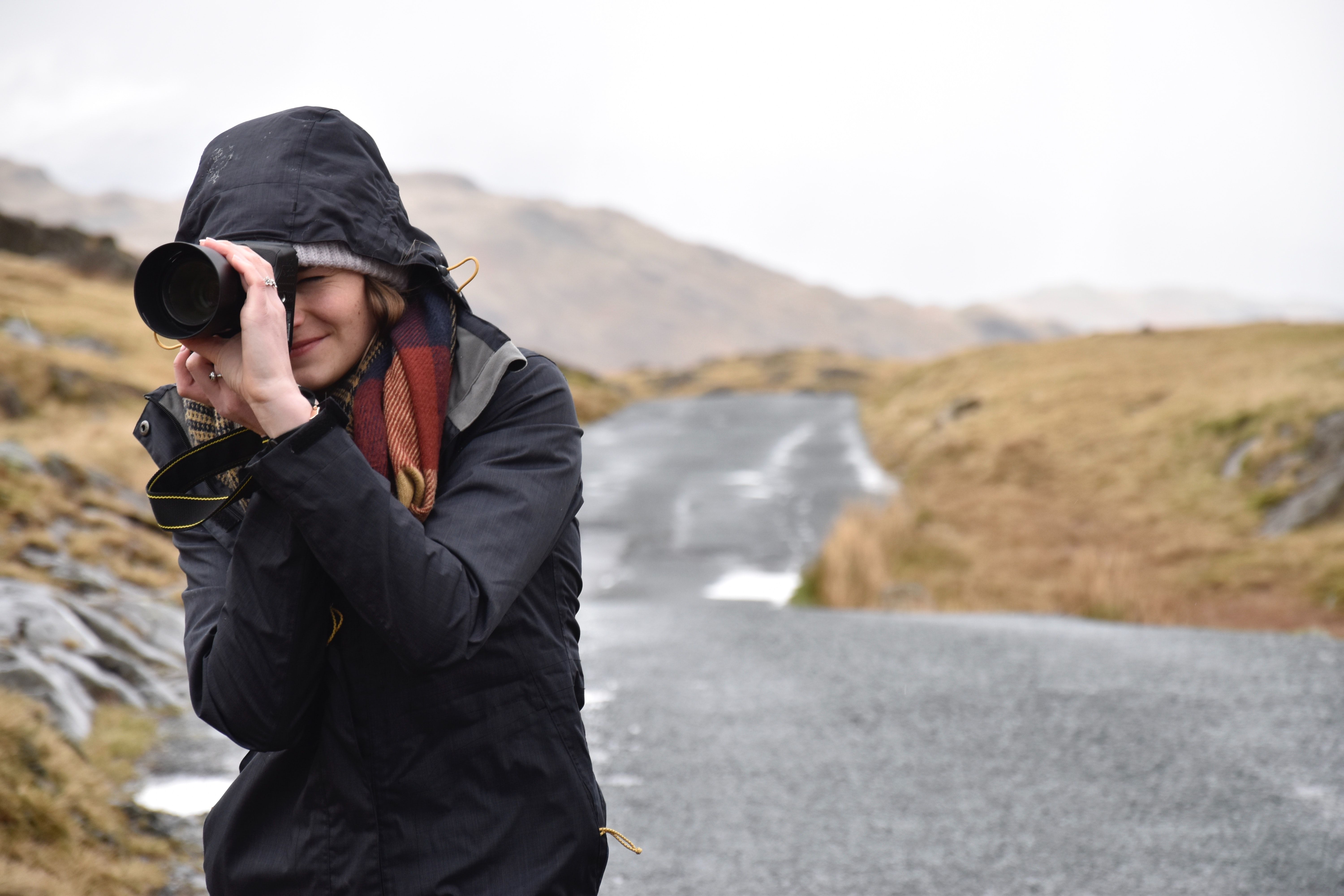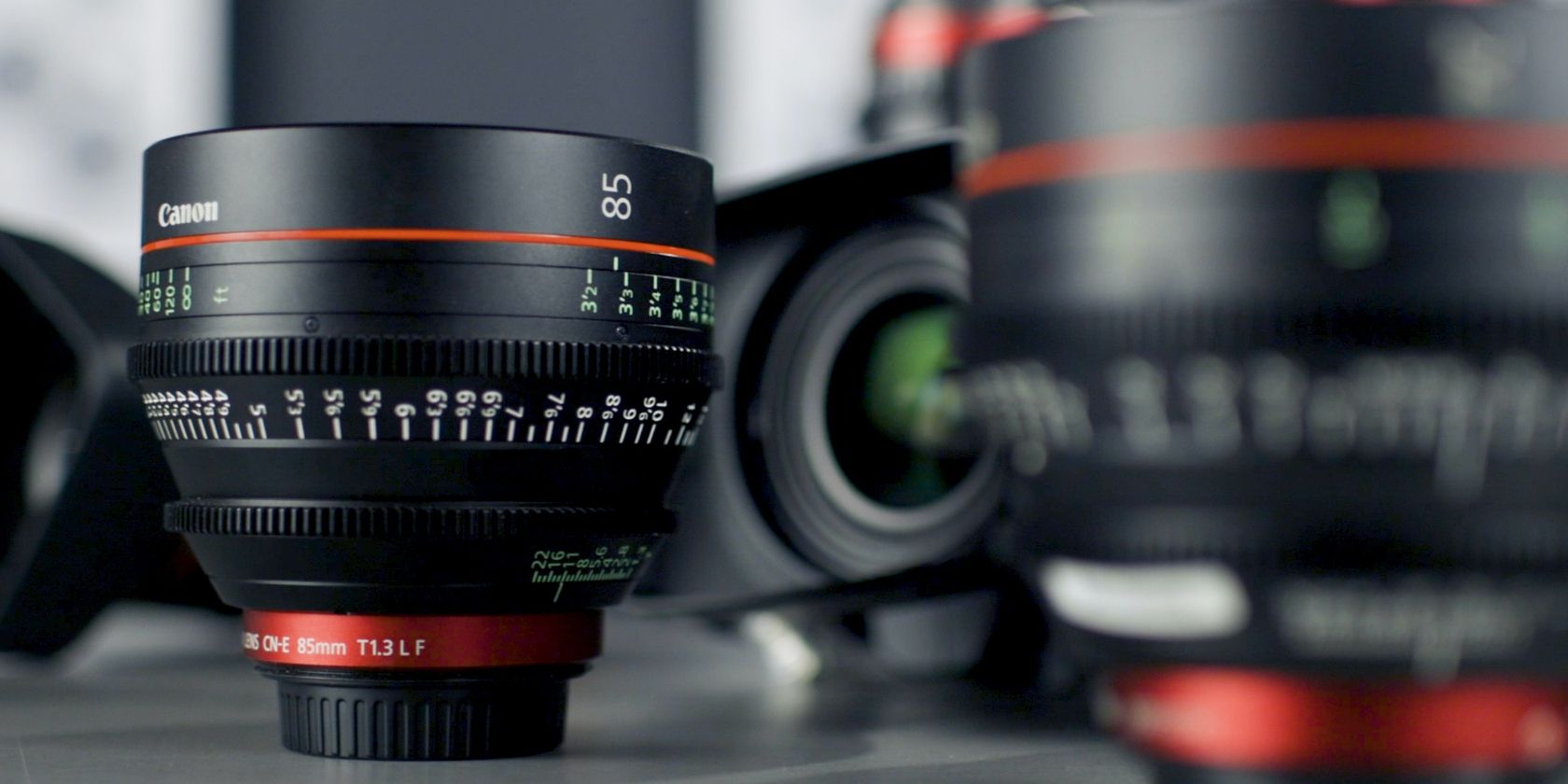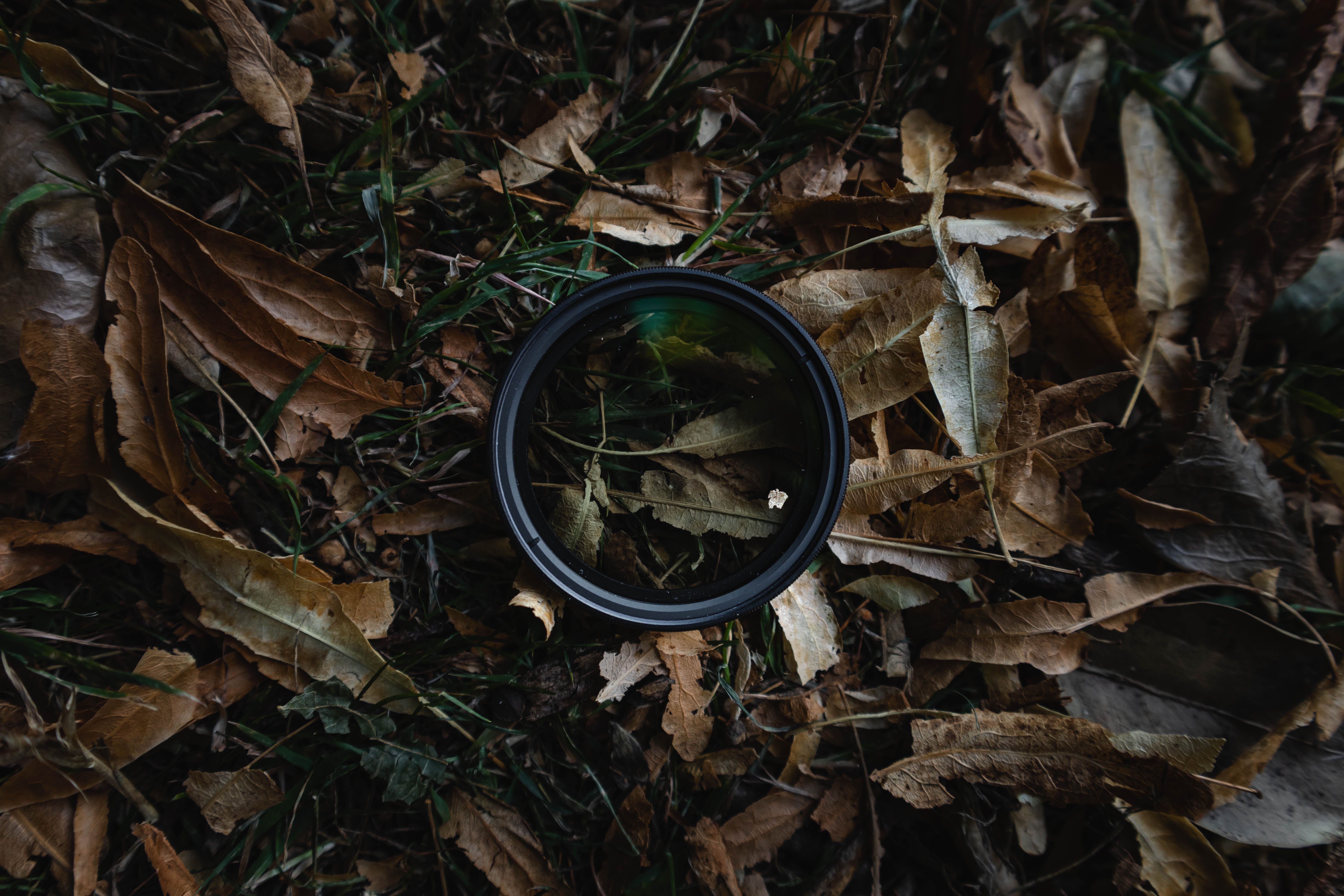If you’ve just bought your first camera, you’ll probably have received a standard kit lens as part of your purchase. These lenses are useful for your initial phases, but you’ll likely want to build out your toolbox as you become more proficient.
Regardless of the manufacturer you choose, you’ll find plenty of different camera lens types. And if you haven’t got much experience buying one before, you might find all these options overwhelming.
So, which camera lenses do you need? In this article, you’ll discover seven that you should consider purchasing.
1. A Wide-Angle Lens
You won’t find a designated lens for any photography genre. But, as you take more pictures, you will quickly notice that some are more useful in specific situations than others. You should consider purchasing a wide-angle lens to get more into your photos.
Getting one can cost a lot, but wide-angle lenses have several advantages. If you plan to visit a place where you don’t want to attract attention, putting one on your camera can help you take pictures more subtly. And, if you want to travel lighter, you can easily fit one in your pocket—let alone your hand baggage.
Many wide-angle lenses are known as “pancake lenses” because of their size. Typically, you can consider any focal length up to 35mm wide-angle. You’ll find several versions, including 24mm, 27mm, and 16mm.
2. More of a Versatile Lens
During your first couple of years as a photographer, you will probably want to try many new things. Finding your style can take years, and you might find investing in multiple lenses pointless until you know what you want to do.
If you want to upgrade from your kit lens, but you don’t want to buy more than one, consider getting something more versatile. When looking for something that can do multiple jobs, you can do much worse than getting a 50mm lens.
Often known as the “nifty fifty,” you can use a 50mm lens in multiple scenarios—including landscape photography and taking portraits. You don’t have to stand too close to your subject, meaning you can get everything in your frame. But, at the same time, you’re not so far away that you must crop everything massively.
3. A Lens With a Wider Aperture
When you receive your kit lens, you’ll notice that the aperture typically isn’t very wide. Depending on how much you’ve zoomed into your image, you’ll normally have a maximum anywhere between f/3.5 and f/5.6.
While you probably won’t need anything wider during the day, it can become problematic if you want to take photos at night.
If you want to try photography in lower-lighting situations, you should consider a lens with an aperture of f/2.8 or lower. Many wide-angle lenses allow you to go this wide, but doing so isn’t possible with many telephoto ones. You’ll see the maximum aperture next to the lens name when shopping online or in person.
4. At Least One Zoom Lens
When choosing new camera lenses, you can pick between zoom and prime versions; both have their benefits and drawbacks. While you can easily go without one or the other, having both is a wiser choice.
Prime lenses have a fixed focal length, meaning that you can only zoom in or out by physically moving. This might work in some situations, but you’ll find it pretty challenging in others.
You’ll have a little more flexibility if you get a zoom lens. And, if you plan to travel frequently, you might find it refreshing not needing to take multiple lenses with you. Popular zoom lenses include the 70-300mm and 55-200mm; focal lengths may vary depending on the manufacturer.
5. A Weather-Sealed Lens
Moody photography is a popular genre, and using the weather to your advantage is a great way to capture dramatic shots. But, at the same time, you probably don’t need us to tell you that water and electronics aren’t the best match.
Many modern camera lenses can withstand a lot, but you will always find a breaking point. You should consider getting a weather-sealed lens if you plan to take photos in any of the following weather conditions:
- Rain, snow, sleet, and hail
- Extreme cold
- Extreme heat
- In locations with a lot of dust and/or sand
- Humid regions
Weather-sealed lenses are more expensive than their non-weather-sealed counterparts, but the investment is worthwhile. While they still have a tipping point, you can rely on them in more weather conditions than ordinary lenses.
6. A Telescopic Lens
If you’ve ever looked at a close-up shot of something like a mountain and wondered, “how did they do that?”, the answer is probably that they used a telephoto lens. You can use a lens with a larger focal length in multiple situations, including:
- Portrait photography
- Taking pictures of wildlife
- Landscape photography
Telephoto lenses are typically anything with a focal length longer than 70mm. 85mm is one of the most common entry points for prime lenses, but zoom lenses can also count.
You will typically need to pay a lot for telescopic lenses, but you can save money by purchasing a third-party version. Looking for second-hand versions is also a wise idea.
7. A Lens That Allows You to Add a Filter
As you become more proficient with photography, you’ll probably want to experiment with various styles. And, while you can use editing software to change how images look, trying lens filters is also a good idea.
You can find lens filters for multiple scenarios. For example, you can try ones that give your pictures more of a retro look—and others that make the colors and lighting look more neutral.
Some lenses allow you to put filters on the front, but that’s not the case for all of them. So, you’ll need to research before making a purchase.
You Will Find Several Types of Camera Lenses as a Photographer
Beginning photography is an exciting journey, regardless of whether you want an interesting hobby or a genuine career. Equipment is one of the most important things to consider, and you will find plenty of lenses that cater to different needs.
When purchasing a camera lens, consider looking at these factors before making a final decision. You can choose whichever focal length you feel is necessary; over time, you can add additional lenses.

